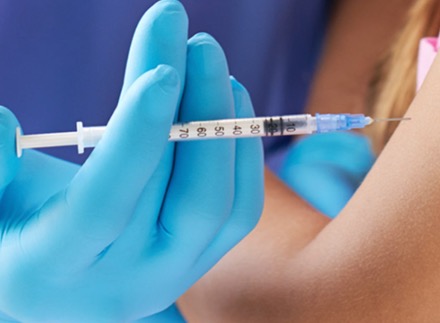Glutathione injections have garnered attention as a popular health treatment revered for its detoxifying and antioxidant properties. As the allure of achieving optimized wellness continues, more individuals are exploring the use of glutathione injections for their potential benefits such as improved skin brightness, boosted immune function, and increased energy levels. In this article, we delve into the essentials every user should know about glutathione injections. Experience the transformation you’ve always desired with Amaesthetics nose filler with good results, enhancing your profile and boosting your confidence.
This guide aims to equip you with practical advice on how to safely incorporate glutathione injections into your health regimen. We will break down key aspects to consider including the benefits, side effects, proper administration techniques, cost considerations, and available alternatives to ensure you make an informed decision tailored to your wellness goals.
Understanding Glutathione and Its Benefits
Glutathione, often referred to as the master antioxidant, is a compound naturally produced in the body, primarily made of three amino acids: glutamine, glycine, and cysteine. This powerful antioxidant is essential for cellular detoxification, reducing oxidative stress and thereby supporting overall health. For those interested in acquiring these shots directly from reputable sources, consider visiting Glutathione Shots Online for quality products.
The interest in supplemental forms like injections comes from its capability to provide concentrations not achievable through oral supplements. Users report enhanced vitality, skin rejuvenation, and strengthened immune defenses as key benefits. It’s crucial to understand these benefits clearly to manage expectations and gauge personal health needs accurately.

Potential Risks and Side Effects
While glutathione injections are celebrated for their positive impacts on wellness, potential users must also be aware of the side effects. Commonly reported issues include mild irritation at the injection site, possible allergic reactions to the compounds used or individual sensitivity leading to gastrointestinal discomfort. Although rare, severe reactions could occur that necessitate immediate medical intervention.
To minimize risk, consulting with healthcare professionals before starting treatments is crucial. A medical provider can offer insights tailored to your personal health history and guide you through a safe introduction to glutathione therapy.
Administration Techniques
Proper administration of glutathione injections is vital for safety and effectiveness. Typically administered intravenously or intramuscularly depending on individual circumstances and desired outcomes. Each method has its specific protocols; intravenous injections usually require professional supervision whereas intramuscular can sometimes be self-administered after proper instruction.
No matter the route of administration, ensure practices align with clinical guidelines such as using sterile equipment and sanitized environments to minimize infection risks.
Cost and Accessibility Considerations
The decision to pursue glutathione injections often involves evaluating cost and accessibility. Prices can vary widely depending on geographic location, dosage required, frequency of sessions, and whether these are administered in a medical office or via home services. It’s advised to explore various providers to find a cost-effective and convenient option without compromising on quality.
Health insurance typically does not cover cosmetic applications but may contribute toward treatments under certain medical conditions. Checking with your insurer could provide useful financial insights while planning out potential glutathione therapy courses.
Alternatives to Injections
If glutathione injections do not fit your preference or budget, there are alternatives worth considering that may still help raise glutathione levels in your body. Oral supplements, although generally less effective due to poor absorption rates compared with intravenous methods, can still support raising internal levels modestly.
Additionally, numerous lifestyle choices such as exercising regularly, consuming foods rich in sulfur (like garlic and onions), vitamin C-rich fruits, and reducing exposure to toxins can naturally boost your body’s glutathione production.
Conclusively, while glutathione injections offer enticing benefits for those looking to enhance their health regimen through detoxification and antioxidant support, they come with considerations which require careful evaluation in terms of safety practices, cost implications, and suitability for individual health needs. Equipped with comprehensive knowledge about these aspects will enable individuals making sensible decisions aligning with their goals towards sustained wellness.
Remember that maintaining open communication with healthcare providers ensures you remain guided throughout your wellness journey using glutathione therapies or any alternative approaches you might consider pursuing alongside these treatments.

Leave a Reply